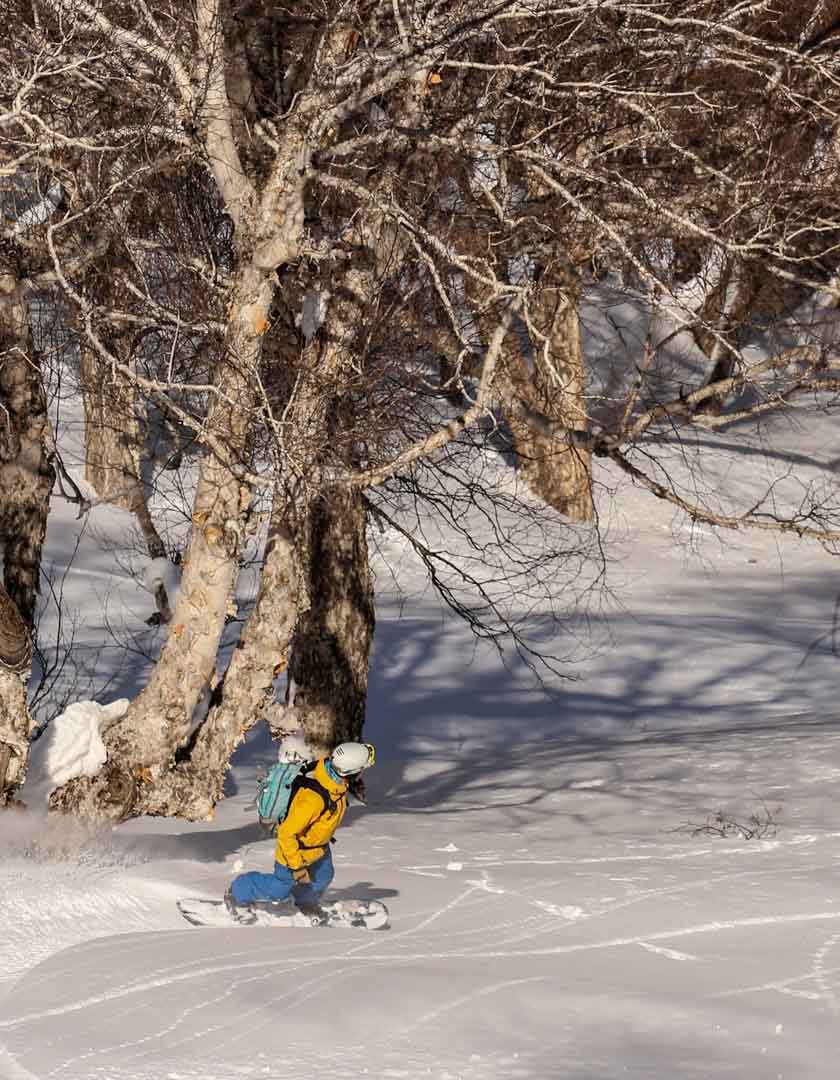Altitude Sickness

Health Issues
Various factors can impact medical conditions during a trip to a high-altitude location in India. If you have any concerns about traveling to the Himalayas, it is advisable to consult your physician.
The following is an explanation of some of the medical concerns that our guests have raised, including gastrointestinal complaints, trauma handling and evacuation procedures, endemic diseases, and altitude sickness.
-
Gastrointestinal Complaints
At GSL, we prioritize ensuring that our clients do not face stomach problems. Our lodging partners and local restaurants recommended by GSL take great care to store their products in clean environments and prepare meals hygienically. Additionally, we encourage our guests to embrace local eating habits and avoid typical "tourist meals" based on Western recipes.
While in India, health risks can arise if you consume food from random sources, street stalls in Delhi, or food served on trains. Only use safe drinking water. In Gulmarg, we do not recommend drinking tap water. It is advisable to opt for bottled water or utilize a water filter (e.g., LifeStraw) or boiling as alternatives.
Trauma Handling/Evacuation Procedure
In case of an accident, an injured person can be transported to a health facility in Gulmarg or a hospital in Srinagar (a 2-hour drive) where competent doctors are usually available. If further medical care is required, patients can be transferred to a private hospital in New Delhi or returned home, depending on the terms of your medical insurance.
The most effective way to manage trauma is through proper physical training before the trip, engaging in stretching and warm-up exercises before skiing or snowboarding, and refraining from attempting runs beyond one's skill level.
Endemic Diseases
To address other health concerns, particularly contagious diseases, prevention is key. In the hills of India, the fresher air, cooler weather, and smaller population contribute to better health conditions than in the rest of the country. For information on vaccinations before traveling to India, consult the CDC website.
Altitude Sickness
The potential impact of participating in sports activities at high altitudes is a common concern for our guests. The following are some facts about skiing at altitude. While Acute Mountain Sickness or Altitude Sickness can occur, it is not a significant concern for our guests, as outlined below.
Acute Mountain Sickness (AMS)
AMS is a term used to describe symptoms associated with physiological reactions to altitudes exceeding 2500 meters. It is caused by lower air pressure, resulting in less available oxygen for breathing. The reduced air pressure makes it more challenging for your body to extract oxygen from the air and transport it into your bloodstream. It also interferes with your body's ability to recover during standard rest periods.
Symptoms of altitude sickness may manifest about six to 24 hours after arriving at high altitudes and should be taken seriously. These symptoms include headaches, fatigue, nausea or vomiting, loss of appetite, an increased heart rate, dizziness, difficulty sleeping, and irregular breathing during sleep.
Several factors can increase the likelihood of developing altitude sickness, such as prior occurrences of altitude sickness, engaging in strenuous activities or exercise at high altitudes, rapid ascents to high altitudes, being younger than 50, lacking fitness, or having a lung infection.
Individuals with heart or lung disease should consult their GP before traveling above 4,000 meters.
High Altitude Pulmonary Edema (HAPE) and High Altitude Cerebral Edema (HACE) are extreme forms of AMS, resulting from a complex series of physiological changes that occur when ascending and sleeping above 2,500 meters.
Other Health Concerns at Altitude
Altitude-induced headaches are a common concern for skiers and trekkers. The air at high altitudes is significantly drier than at sea level, leading to increased dehydration as a result of breathing. To counteract this, we strongly recommend that guests regularly hydrate themselves by drinking water during the morning for breakfast and throughout the day from their water bottles.
Certain cardiac conditions may pose a risk at altitude, although this is rare. Guests with cardiac problems should consult their doctor.
Reduced oxygen availability at altitude means that people will likely ski fewer turns or cover shorter distances before experiencing fatigue.
For reasonably fit individuals without cardiac problems, altitude should not be a significant concern.